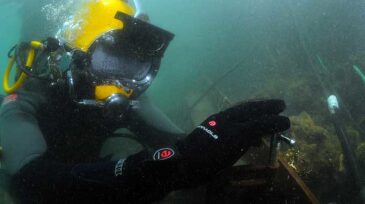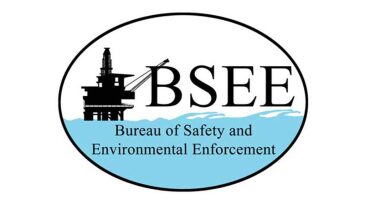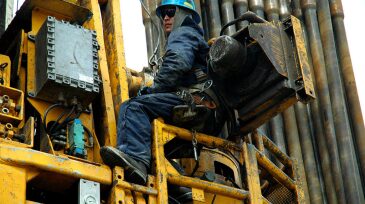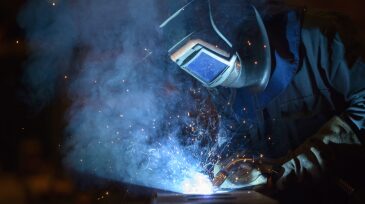Safety
A resilience-based approach to safety was the focus of a panel of experts at the 2025 SPE Annual Technical Conference and Exhibition in Houston.
This paper focuses on developing a model that can be used in an automated, end-to-end flare-smoke detection, alert, and distribution-control solution that leverages existing flare closed-circuit television cameras at manufacturing facilities.
This paper presents a physics-informed machine learning method that enhances the accuracy of pressure transient analysis, predicting reservoir properties to enhance waste slurry injection and waste disposal.
-
Fifteen members of the UN’s International Maritime Organization have voted to approve amendments to existing codes on diver safety intended to harmonize the codes “with current industry practice.”
-
The Bureau of Safety and Environmental Enforcement announced updated Oil and Gas Production Safety Systems regulations. The revisions reduce unnecessary regulatory burdens while ensuring that operations remain safe and environmentally responsible.
-
Montrose Port, a leading support and service hub for the energy industry, has broadened its services to the northeast energy industry by announcing its latest tenant, behavioral safety and culture change specialists Ethos Empowerment.
-
Unstructured data, such as process logs, safety reports, and public records, make up the bulk of data produced from the oil field. Emerging NLP technology has been designed to help make sense of this data, enabling better insights into near-accidents.
-
In this online seminar, Alistair E. Gill, general manager for engineering services at Wild Well Control, will explain how computational fluid dynamics (CFD) and other simulation tools are used by Wild Well Control to quantify and reduce risk, plan operations, and improve response effectiveness.
-
SponsoredInnovations in wireless measurement technology can offer the prospect of improving wellsite safety and operational efficiency while reducing costs. This case study, prepared in conjunction with Baker Hughes, a GE company, discusses how.
-
Considering most of the rigs deal with human-machine interface systems, the role of human factors is at the heart of any successful operation. Eye-tracking technology can be useful in real-time operation centers where ocular movement data can improve the professionals’ performance.
-
A survey of more than 100 leaders in hazardous industries suggests that oil price has had a moderate or significant effect on process safety risk, characterized by major job cuts, loss of corporate memory, cost-cutting, and overall belt-tightening brought on by the downturn.
-
Increasing evidence suggests that welding-fume exposure is associated with systemic inflammation.
-
Accidental detonation of a perforating gun at surface can have catastrophic consequences. To decrease risks, layers of procedural controls have been implemented to reduce the inadvertent application of power caused by human error, stray voltage, or the presence of radio frequency (RF) energy.













